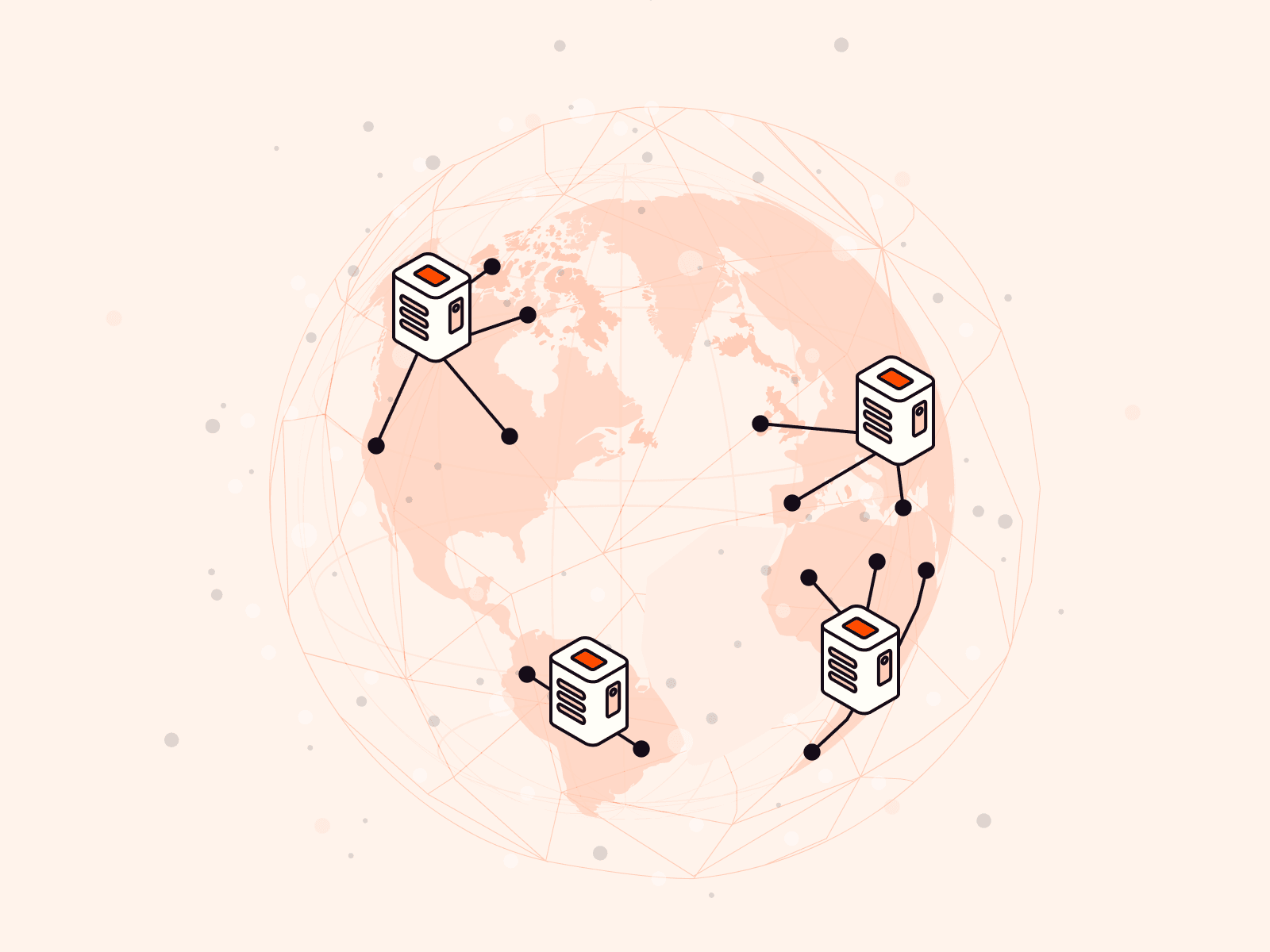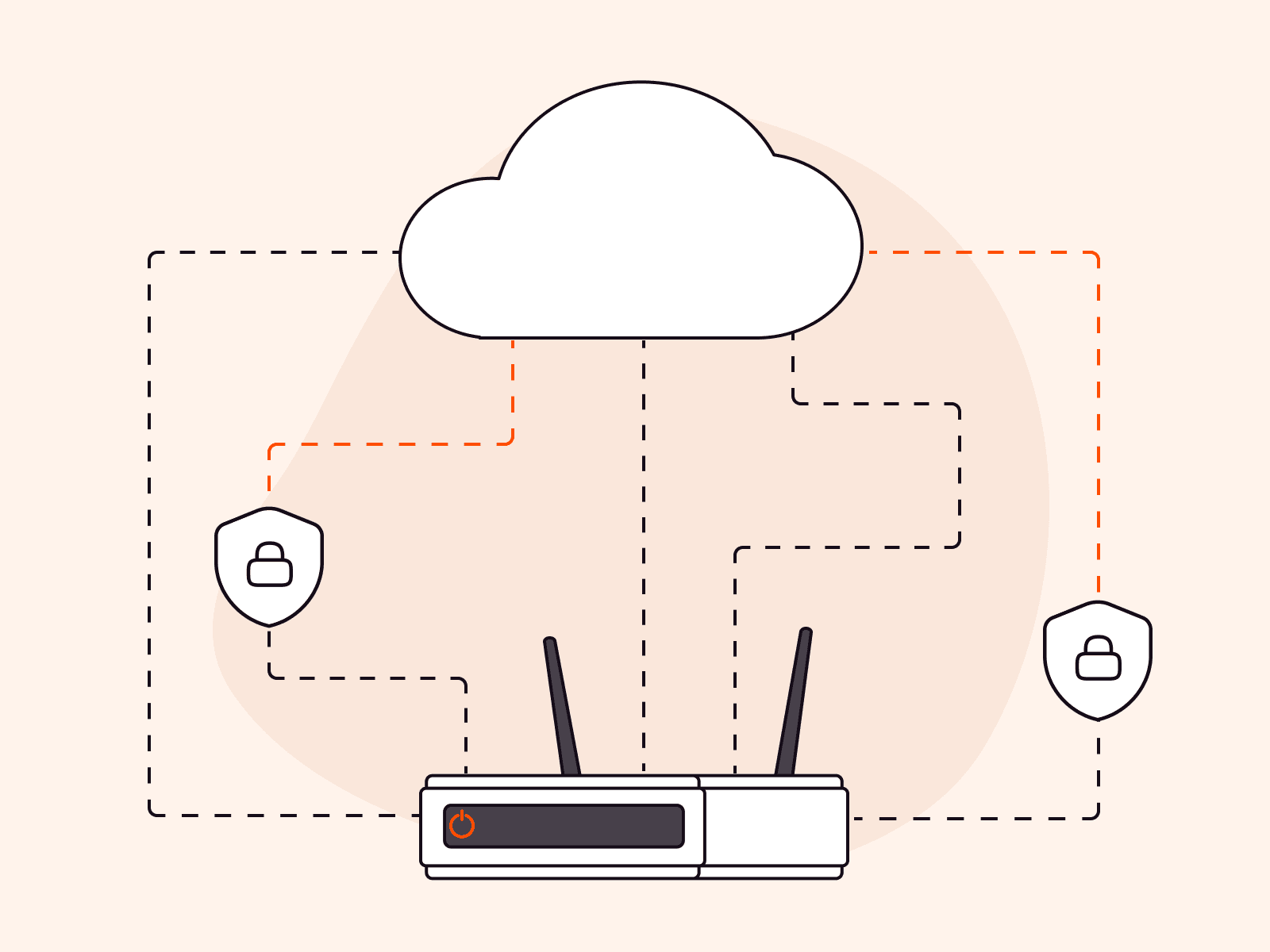GeoDNS is a DNS server technology that returns different IP addresses based on the geographic location of the client making the request. This enables geographic split-horizon DNS responses, directing users to servers closest to their physical location, and it can reduce average latency by 30-50% compared to non-geographic DNS routing.
The technology works by mapping IP addresses to locations through GeoIP databases, which are commonly implemented as patches or features in DNS server software like BIND. When a user makes a DNS request, the resolver typically sees the IP of the recursive DNS server (usually near the user), so GeoDNS uses the resolver's location as a proxy for the end user's location.
This approach works well because ISP DNS servers are generally close to their users.
The benefits of GeoDNS center on improved network performance and reduced operational costs. By directing users to the nearest or most appropriate server geographically, organizations can lower latency and improve user experience without complex infrastructure changes. Over 70% of global internet traffic benefits from geographic DNS routing to improve latency and availability.
Everyday use cases for GeoDNS include content delivery networks, global web applications, and multi-region cloud deployments.
Unlike BGP anycast, GeoDNS is easier to deploy because it doesn't require ISP support or changes to network infrastructure. TTL values for GeoDNS records typically range from 30 seconds to 5 minutes, allowing quick DNS response changes based on geographic routing and server health.
Geographic DNS routing matters because it directly impacts how billions of users experience the internet. Major cloud providers and content delivery platforms rely on this technology to serve content quickly and reliably across global networks.
What is GeoDNS?
GeoDNS is a DNS technology that returns different IP addresses based on geographic location, directing users to the nearest or most appropriate server. Here's how it works: when a user makes a DNS query, the authoritative DNS server checks the location of the requesting DNS resolver (typically operated by the user's ISP) against a GeoIP database, then responds with an IP address optimized for that region. This approach reduces latency by routing users to geographically closer servers. It improves response times by 30-50% compared to non-geographic DNS routing. It's also simpler to deploy than network-layer solutions like BGP anycast since it doesn't require ISP support or infrastructure changes.
How does GeoDNS work?
GeoDNS returns different IP addresses based on where your users are located. When someone queries a domain name, the authoritative DNS server checks the request's origin against a GeoIP database, then responds with an IP address optimized for that geographic region.
Here's how it works. Your recursive DNS resolver (typically from your ISP) sends a query to the authoritative DNS server. The server examines the resolver's IP address and matches it against a GeoIP database like MaxMind to determine location.
It then applies predefined routing rules to select the best server IP for that region. A user in Germany receives an IP pointing to a Frankfurt data center. A user in Japan gets directed to a Tokyo server.
This approach works well because recursive DNS servers are usually close to end users geographically. The authoritative server uses the resolver's location as a proxy for the actual user's location.
Modern implementations can also use EDNS Client Subnet (ECS), which passes more precise client subnet information to the authoritative server for improved accuracy.
The DNS response includes a Time to Live (TTL) value, typically 30 seconds to 5 minutes for GeoDNS records. Short TTLs allow quick routing changes if server health or traffic patterns shift. This geographic routing reduces latency by directing users to nearby servers without requiring complex network infrastructure changes like BGP anycast.
What are the benefits of using GeoDNS?
The benefits of using GeoDNS refer to the advantages organizations gain from implementing geographic-based DNS routing to direct users to optimal servers based on their location. The benefits of using GeoDNS are listed below.
- Reduced latency: GeoDNS routes users to the nearest server geographically, cutting the distance data travels. This proximity can reduce average latency by 30-50% compared to non-geographic DNS routing.
- Improved user experience: Faster response times from nearby servers create smoother interactions with websites and applications. Users in different regions access content at similar speeds, maintaining consistent performance globally.
- Lower bandwidth costs: Directing traffic to regional servers reduces data transfer from a single origin location. Distributed traffic patterns cut bandwidth expenses and prevent overloading central infrastructure.
- Simplified deployment: GeoDNS doesn't require ISP support or network infrastructure changes, unlike BGP anycast. You can set up geographic routing by configuring DNS records and GeoIP databases without complex network modifications.
- Traffic distribution: GeoDNS spreads user requests across multiple server locations automatically based on geographic rules. This distribution prevents any single server from becoming overwhelmed during traffic spikes.
- Compliance support: Geographic routing helps meet data residency requirements by directing users to servers in specific jurisdictions. Organizations can ensure European users access EU-based servers or keep data within required borders.
- Failover capabilities: When combined with health monitoring, GeoDNS automatically redirects traffic from failed servers to healthy alternatives in nearby regions. Short TTL values (30 seconds to 5 minutes) allow quick DNS response changes when server status shifts.
What are the common use cases for GeoDNS?
Common use cases for GeoDNS refer to the practical applications where geographic DNS routing provides significant benefits for network performance, user experience, and business operations. The common use cases for GeoDNS are listed below.
- Content delivery optimization: GeoDNS routes users to the nearest content server based on their geographic location, reducing latency by 30-50% compared to non-geographic routing. This approach improves page load times and streaming quality for global audiences.
- Regional compliance requirements: Organizations use GeoDNS to direct users to servers in specific countries or regions to meet data residency laws and privacy regulations. EU users connect to EU-based servers while US users access US infrastructure.
- Disaster recovery and failover: GeoDNS automatically redirects traffic from failed or degraded servers to healthy alternatives in nearby regions. This maintains service availability during outages without requiring manual DNS changes.
- Load distribution across regions: GeoDNS balances traffic across multiple data centers by directing users to servers with available capacity in their geographic area. This prevents any single location from becoming overloaded during traffic spikes.
- Localized content delivery: Companies serve region-specific content, pricing, or language versions by routing users to appropriate servers based on location.
- Network cost reduction: GeoDNS minimizes bandwidth costs by keeping traffic within specific geographic regions or networks, reducing cross-continental data transfers and peering costs.
- Gaming and real-time applications: Online gaming platforms use GeoDNS to connect players to the lowest-latency game servers in their region, improving response times where every millisecond matters.
How to configure GeoDNS for your infrastructure
You configure GeoDNS for your infrastructure by setting up geographic routing rules in your DNS server that return different IP addresses based on the client's location.
- Choose a DNS provider or software that supports geographic routing. If you're self-hosting, install a GeoIP database like MaxMind GeoLite2 on your DNS server, or select a managed DNS service with built-in geo routing capabilities.
- Define your geographic zones and assign server IP addresses to each region. Create routing rules that specify which data center serves each continent, country, or city.
- Set appropriate TTL values between 30 seconds and 5 minutes for your GeoDNS records to balance responsiveness and query volume.
- Configure EDNS Client Subnet (ECS) if available to pass client subnet information for improved routing accuracy.
- Set up health checks for each regional endpoint and automatically remove unhealthy servers from responses or redirect to the next closest region.
- Test from multiple geographic locations (or via VPN endpoints) to verify correct routing for each region.
- Monitor DNS query logs and latency metrics to refine zones and improve performance after deployment.
What are the best practices for GeoDNS implementation?
Best practices for GeoDNS implementation refer to the proven methods and strategies that ensure reliable, accurate, and efficient geographic DNS routing. The best practices for GeoDNS implementation are listed below.
- Use accurate GeoIP databases: Update GeoIP data at least monthly to maintain accurate mapping as IP allocations change.
- Set short TTL values: Configure TTLs between 30 seconds and 5 minutes to enable fast failover and routing changes.
- Enable EDNS Client Subnet: Implement ECS to improve routing accuracy, especially for users on public DNS services.
- Monitor resolver locations: Track query origins and verify that geographic rules match actual user distributions.
- Test from multiple locations: Validate behavior from different regions and networks, including failover scenarios.
- Define clear routing rules: Use precise regional boundaries rather than broad continental groupings where latency profiles differ.
- Implement health checks: Remove unhealthy endpoints automatically to avoid routing users to degraded servers.
- Plan for edge cases: Account for VPNs, corporate proxies, and ambiguous locations with sensible default routing.
What are the challenges with GeoDNS?
GeoDNS challenges refer to the technical and operational difficulties that arise when implementing and maintaining geographic-based DNS routing systems. Here are the main challenges you'll face with GeoDNS.
- Location accuracy: GeoIP databases can misidentify user locations (e.g., mobile, VPN, proxies), routing users to suboptimal servers.
- Resolver proximity: GeoDNS sees the recursive resolver's IP, not the end user's location. Public DNS can skew routing.
- Database maintenance: GeoIP data must be updated continually; stale data leads to poor routing decisions.
- Split DNS complexity: Managing regional responses increases configuration complexity and error risk.
- TTL trade-offs: Short TTLs improve agility but raise query load; longer TTLs lower load but slow failover.
- Client subnet limitations: Without ECS, accuracy depends on resolver location; not all infrastructure supports ECS.
- Testing difficulties: Verifying behavior from many regions needs distributed testing infrastructure or VPNs.
Optimize global performance with Gcore DNS
Gcore DNS is a high-performance, globally distributed authoritative DNS service built for speed, resilience, and precision routing. It supports GeoDNS policies, Anycast architecture, and DNSSEC protection helping organizations deliver fast and reliable responses across regions while keeping infrastructure simple to manage.
With over 210+ PoPs worldwide, Gcore DNS automatically routes users to the nearest edge location for minimal latency and maximum uptime. Whether you're deploying a CDN, multi-region app, or hybrid cloud, Gcore DNS ensures your domains resolve quickly and securely everywhere.
Frequently asked questions
What's the difference between GeoDNS and anycast routing?
GeoDNS operates at the DNS layer and returns different IPs based on resolver location, making it straightforward to deploy without ISP changes. Anycast operates at the network layer using BGP to steer traffic based on network topology for more precise routing, but it requires infrastructure coordination.
How accurate is GeoDNS location detection?
Country-level accuracy is typically 95–99%, while city-level accuracy ranges from 55–80%, depending on GeoIP data quality and whether EDNS Client Subnet is enabled.
Can GeoDNS work with CDN services?
Yes. GeoDNS can direct users to the nearest CDN edge based on location, reducing latency by 30–50% compared to non-geographic routing.
Does GeoDNS affect SEO rankings?
GeoDNS itself doesn't directly affect rankings, but by improving page load times and latency it can positively influence Core Web Vitals, which are ranking factors.
What happens when GeoDNS cannot determine user location?
The system returns a default IP you configure as a fallback, typically pointing to a primary or centrally located server. Fallback rules handle unknown or unrecognized IP ranges.
How does GeoDNS handle VPN traffic?
Routing is based on the VPN exit node’s location (as seen by the resolver), which can lead to suboptimal paths for users physically located elsewhere.
Is GeoDNS compatible with DNSSEC?
Yes. Each location-specific response must be properly signed to maintain DNSSEC integrity, which adds configuration complexity but is fully manageable.
Related articles
Subscribe to our newsletter
Get the latest industry trends, exclusive insights, and Gcore updates delivered straight to your inbox.






